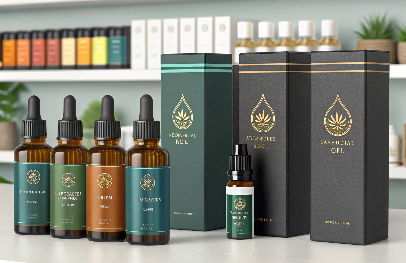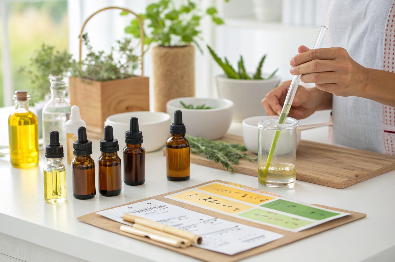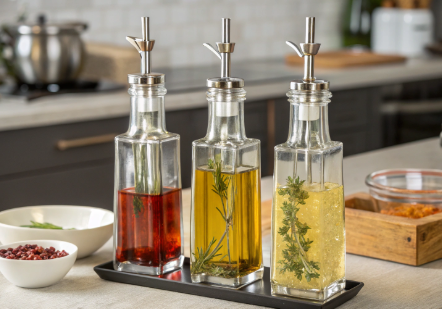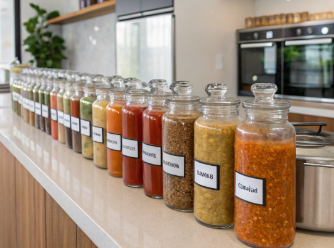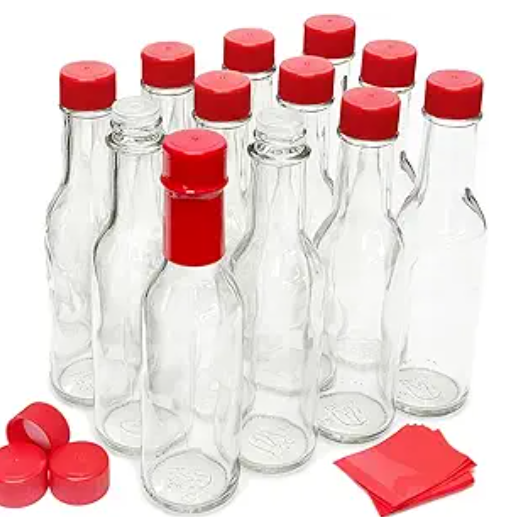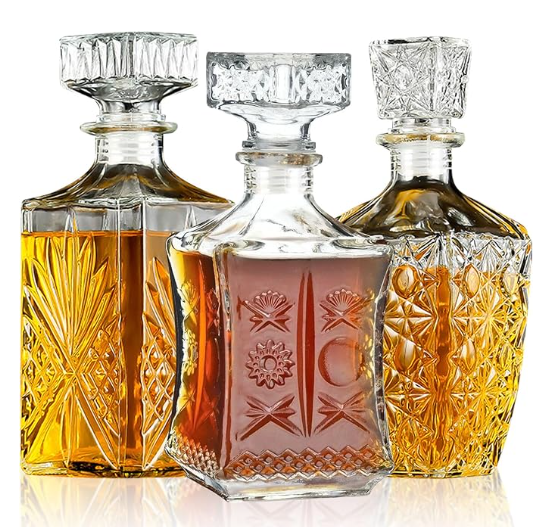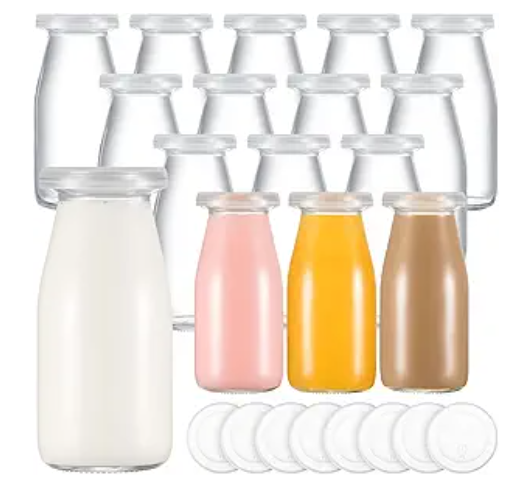Essential oils may be small in size, but they’re sensitive to everything—light, heat, air, and even time. If you store them wrong, you risk wasting every drop.
The best place to store essential oils in your home is in a cool, dark, and dry location—such as a drawer, closed cabinet, or specially designed essential oil box—away from sunlight, humidity, and heat sources.
Whether you’re a casual user or a serious collector, where and how you store your oils determines their shelf life, safety, and scent quality.
Where is the best place to store essential oils?
Your essential oils shouldn’t live on the windowsill, near a diffuser, or in a warm bathroom cabinet.
The best place to store essential oils is in a dark, enclosed area—like a dresser drawer, kitchen cupboard, or wooden oil storage box—that maintains a stable temperature and protects from UV light.
Avoid placing them near stoves, radiators, or in direct sunlight, which can degrade the oil’s chemical structure and effectiveness.
Ideal Storage Locations at Home
| Room Area | Recommended? | Notes |
|---|---|---|
| Bedroom drawer | Yes | Dark, stable temperature |
| Pantry or cupboard | Yes | Dry and enclosed |
| Bathroom shelf | No | High humidity, frequent temp changes |
| Kitchen countertop | No | Heat, light, and steam exposure |
| Refrigerator (optional) | For citrus oils | Only if space is dry and temperature stable |
At PauPack, we provide custom-designed essential oil storage boxes with UV-resistant compartments and labeling systems—ideal for home use and client gifting.
Why are essential oils stored in dark bottles?
You’ll rarely see a quality oil in a clear bottle—and for good reason.
Essential oils are stored in dark bottles—like amber or cobalt blue—because these colors block harmful UV rays that break down the oil’s molecular structure, reducing potency and shelf life.
Clear or light-colored bottles expose oils to light damage, especially when placed near windows or open shelves.
Bottle Color Comparison
| Color | UV Protection | Suitable For |
|---|---|---|
| Amber | 90%+ | Long-term storage of all oils |
| Cobalt Blue | 40–60% | Short-term, display kits |
| Green | Moderate | Herbal blends, mid-term use |
| Clear | 0% | Avoid for oil storage |
At PauPack, we offer pharma-grade amber glass bottles for all our essential oil packaging, ensuring every drop stays as fresh as the day it was bottled.
Can you store essential oils in plastic containers?
Convenient? Maybe. Safe? Not long term.
Essential oils should not be stored in plastic containers because the concentrated compounds can degrade plastic over time, leading to contamination, leaks, or even structural damage to the bottle.
Plastic may be acceptable for temporary use—like travel kits or diluted blends—but for pure oils, always opt for dark glass.
Material Safety Chart
| Container Material | Safe for Pure Oils? | Notes |
|---|---|---|
| Amber Glass | Yes | Best for stability and protection |
| PET/HDPE Plastic | Yes (diluted) | Short-term only, for blends |
| Soft Plastic | No | Will break down and contaminate oil |
| Stainless Steel | Yes | Good for droppers or roller components |
PauPack supports brands with both glass primary bottles and PET refill kits, making long-term use safer and more sustainable.
How should I organize my essential oils?
A messy drawer isn’t just inconvenient—it’s a recipe for spills, expired oils, and lost blends.
Essential oils should be organized by category, usage, or note (top/middle/base), using labeled storage boxes, trays, or wall racks that keep bottles upright, cool, and easy to access.
You can use drawer inserts, tiered stands, alphabetized labels, or blend-specific kits to maintain a clean, functional storage system.
Organizational Strategies
| Method | Description | Best For |
|---|---|---|
| By Function | Sleep, Focus, Energy, Skincare | Daily users and wellness routines |
| By Note Type | Top, Middle, Base (30/50/20 rule) | Blenders, formulators |
| By Scent Profile | Floral, Citrus, Earthy, Woody | Aromatherapists, brands |
| Alphabetical | A to Z label system | Larger collections |
At PauPack, we create modular box kits and blend guides that help customers organize their oils not only by scent—but by intent. It’s more than storage; it’s structure for wellbeing.
Conclusion
Essential oils are potent—but also perishable. Store them wisely in cool, dark, and dry areas of your home, in UV-protective glass, with a clear organization system. A little care in storage ensures your oils stay fresh, safe, and effective for every drop ahead.




